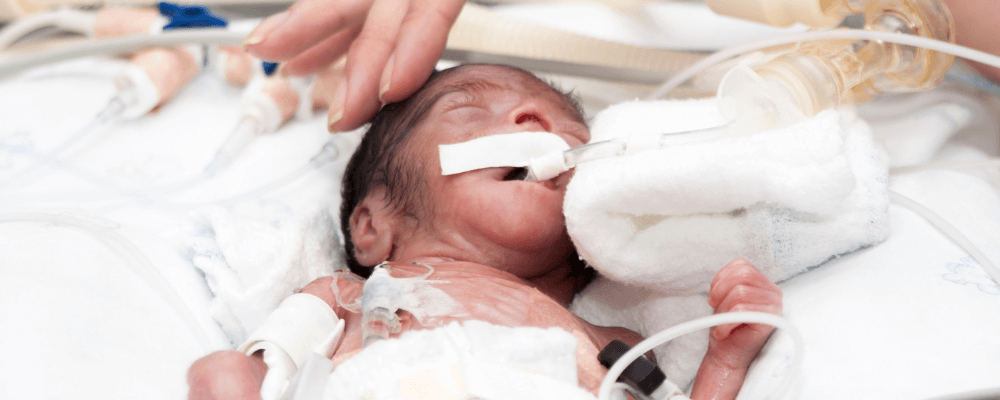The UK Department of Health and Social Care have recently published the conclusions of an independent review into the extent and impact of potential racial, ethnic and other factors leading to unfair biases in the design and use of medical devices1. The independent review considered optical devices, such as pulse oximeters which this summary considers, as well as devices assisted by artificial intelligence and those that deliver polygenic risk scores in genomics.
Pulse Oximeter:
The initial stimulus for this review was growing concern about the pulse oximeter. The COVID-19 pandemic highlighted concerns about pulse oximetry, which estimates the level of oxygen in the blood and is in common use throughout the NHS use and that pulse oximeters may not be as accurate for patients with darker skin tones as for those with light skin tones.
This matters because an inaccurate reading could lead to harm if there is a delay in identifying dangerously low oxygen levels in patients with darker skin tones, which normally would have triggered a referral for more intensive care.
The review found extensive evidence of poorer performance of pulse oximeters for patients with darker skin tones. These devices over-estimate true oxygen levels in people with darker skin tones to a greater extent than with lighter skin and this is exacerbated in patients with low levels of oxygen saturation. Evidence of harm from this poorer performance has been found in the US healthcare system, where there is a strong association between racial bias in the performance of the pulse oximeters and delayed recognition of disease, denied or delayed treatment, worse organ function and death in Black compared with White patients.
No evidence was found from studies in the NHS of this differential performance affecting care, but the potential for harm is clearly present.
The review recommends immediate mitigation measures in the NHS to ensure existing pulse oximeters can perform to a high standard for all patient groups to avoid inequities in health outcomes. The findings point to the need to take a system-wide approach to make improvements. Potential bias can be introduced (or designed out) at every stage of the medical device lifecycle – from the original concept for the device, through design and development, to testing and eventual deployment in the NHS. The review also recommends that a further review is carried out of relevant medical devices encountered during pregnancy and the neonatal period.
SurePulse:
These research findings are of particular interest to SurePulse who’s vision is to give clinicians and healthcare providers the tools to provide optimal newborn care. The SurePulse VS comprises an optical sensor integrated into a thermo-protective single-use cap which has been designed to provide clinical teams with accurate, reliable, and timely heart rate information in the critical moments after birth. SurePulse VS’ wireless approach means that baby’s heart rate can be monitored straight after birth, supporting optimal care during stabilisation and, where necessary, resuscitation. There is no effect of skin pigmentation on the accuracy SurePulse VS as it has a wide dynamic range and also automatically increases the amount of light emitted from the sensor if there is any reduced reflected light from the forehead.
References:
- Dept Health & Social Care; Equity in Medical Devices: Independent Review; Published 11/03/24 and accessed on 14/03/24 at https://assets.publishing.service.gov.uk/media/65e89e9e62ff48001a87b2d8/equity-in-medical-devices-independent-review-report-web-accessible.pdf
